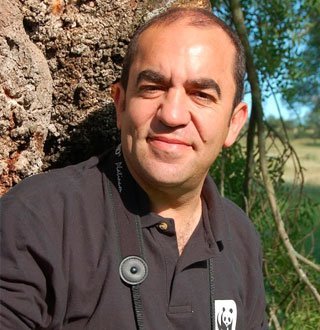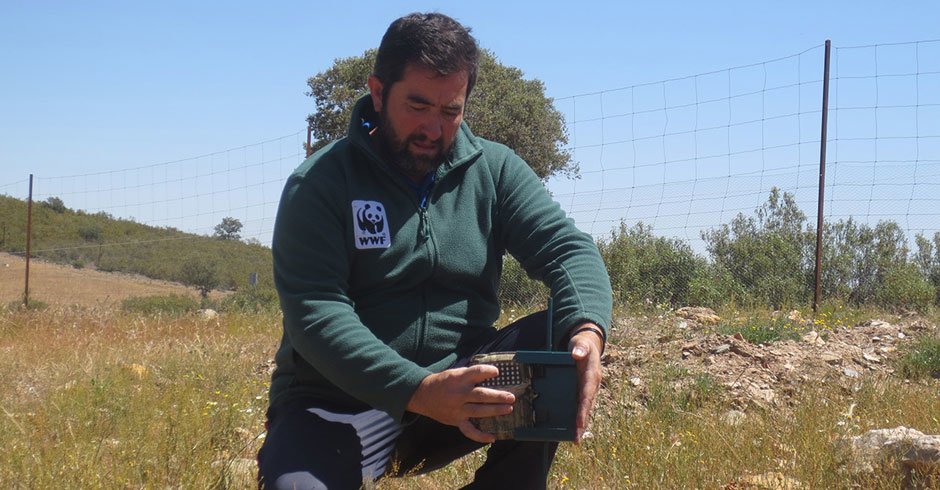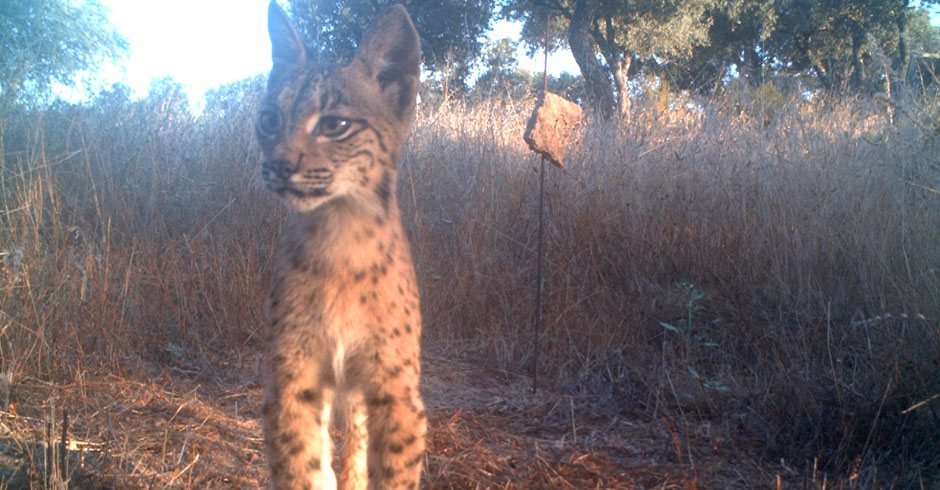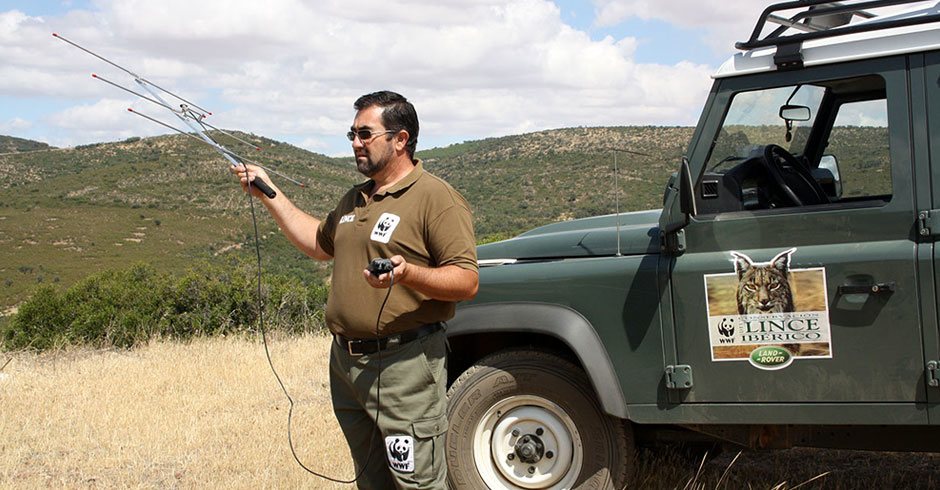
Back from the brink
The Iberian lynx is the world's most endangered cat. In 2002, there were fewer than 100 left in the wild. Now there are over 300. But their future is far from secure.

WWF has been working to protect the Iberian lynx for more than 15 years. Join us !
1 Into the wild
© Wild Wonders of Europe /Pete Oxford / WWF
Camera trapping the cats
Very few people have ever seen an Iberian lynx in the wild. Along with being extremely rare, it is also one of the most elusive species in the world. And lives in some of the wildest and most remote parts of Spain.
But thanks to camera traps, the Iberian lynx is also one of the most closely monitored species in the world. Its remaining habitats in Doñana and the Sierra Morena are scattered with these high-tech cameras, which help WWF conservationists to better understand and protect the lynx. And due to their tireless efforts, every single lynx has now been studied - and even given its own name.
Cameras are not the conservationists’ only tool, however. WWF scientists also use radio collars to follow lynxes that venture into new territories. These collars help prevent poaching and identify which roads are too dangerous for lynxes to cross. Occasionally, more expensive satellite collars are used to collect more detailed and accurate data. Thanks to all this monitoring, we’ve learned huge amounts about Iberian lynx behaviour. Including some surprising facts: for example, Kentaro travelled more than 1000 km before finding his own territory.
- Night photo infrared light
- Day night sensor
- Menu Display
- Motion sensor
2 Hide and stalk
© Programa de conservación Ex-situ del lince ibérico
Hunting games
The Mediterranean forests that the Iberian lynx calls home are some of the most biodiverse ecosystems in Europe. But the continent’s most endangered cat enjoys one meal above all others - rabbit.
A superb, stealthy hunter, the lynx’s specialty is catching rabbits, which account for up to 90% of its diet. The lynx is not the only predator that feasts on rabbits, which are the base of the food chain in these forests. In fact, more than 30 species do. And in recent decades, diseases have devastated rabbit populations - intensifying competition.
WWF has been calling for the implementation of measures to help rabbit populations to recover, since this will benefit the lynx and other Mediterranean forest species. It is all part of our work to save the lynx, which began in 2002 in the cat’s main haven in Sierra de Andújar. Since then, we have successfully restored the territories of 8 female lynxes in that critical habitat and celebrated the birth of over 50 kittens.
3 Reconquering former territories
© Luis Suárez / WWF Spain
Helping the lynx return home
WWF and its partners are working to restore the Iberian lynx to areas where it used to live. And where it could still flourish today - with a little help.
After securing the core population in Andalusia, it was essential to give the lynx more room to breed by creating new populations in other regions. Based on the quantity of rabbits and the quality of the habitat, sites were selected in eastern Sierra Morena, Montes de Toledo, and the Matachel valley in Extremadura as well as the Guadiana valley in Portugal.
By mid-2015, 45 captive-bred lynxes had been released. WWF is working hard to ensure that these new populations thrive. In particular, we are encouraging the authorities not to let their guard down since poaching and road kills remain real threats. And the new population in Extremadura is already growing. Two of the released females mated and had six cubs earlier this year! Finally, there really is hope for this remarkable species.

Lynx habitats
-
Reintroduction areas in 2014
Sites where the Iberlince LIFE project, which involves WWF, is reintroducing lynx.
-
Distribution area in 2013
Areas in Doñana and Sierra de Andújar where the remaining wild lynxes were living
The lynx is the main character in a unique conservation story in the world

By saving this species, we’re also protecting the Mediterranean forests, a treasure trove of European nature.

The lynx was on the brink of the abyss, we are slowly moving it away from extinction.

Help save the Iberian lynx
WWF has been working for the conservation of the Iberian lynx for over 10 years, fighting for proper protection and conservation of vital habitat.










